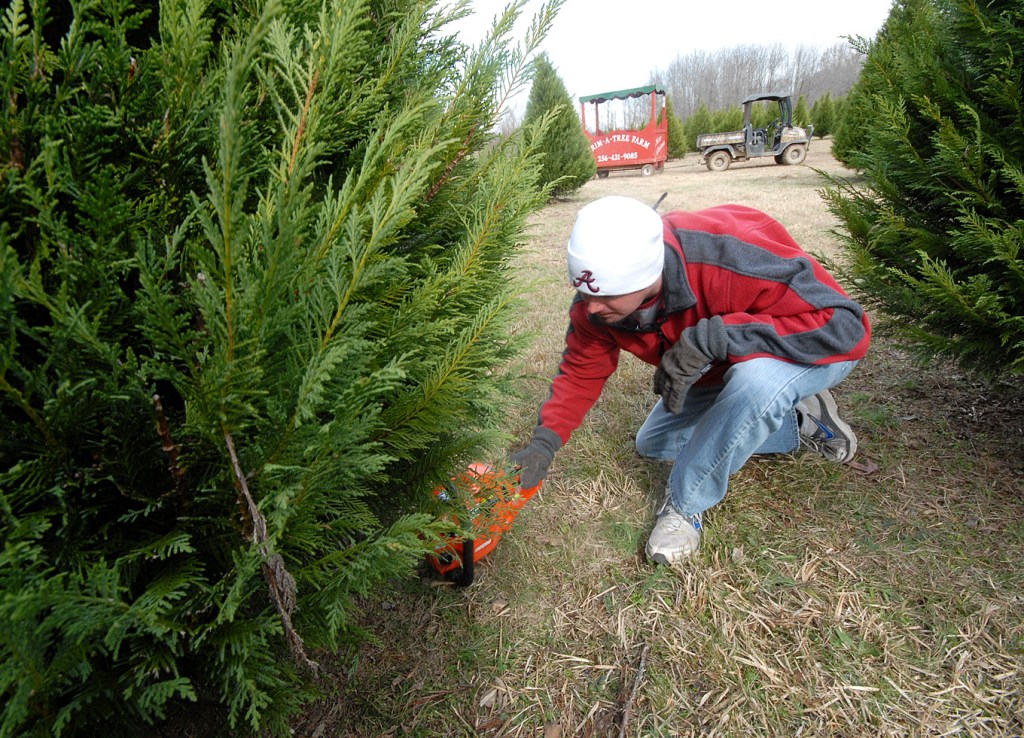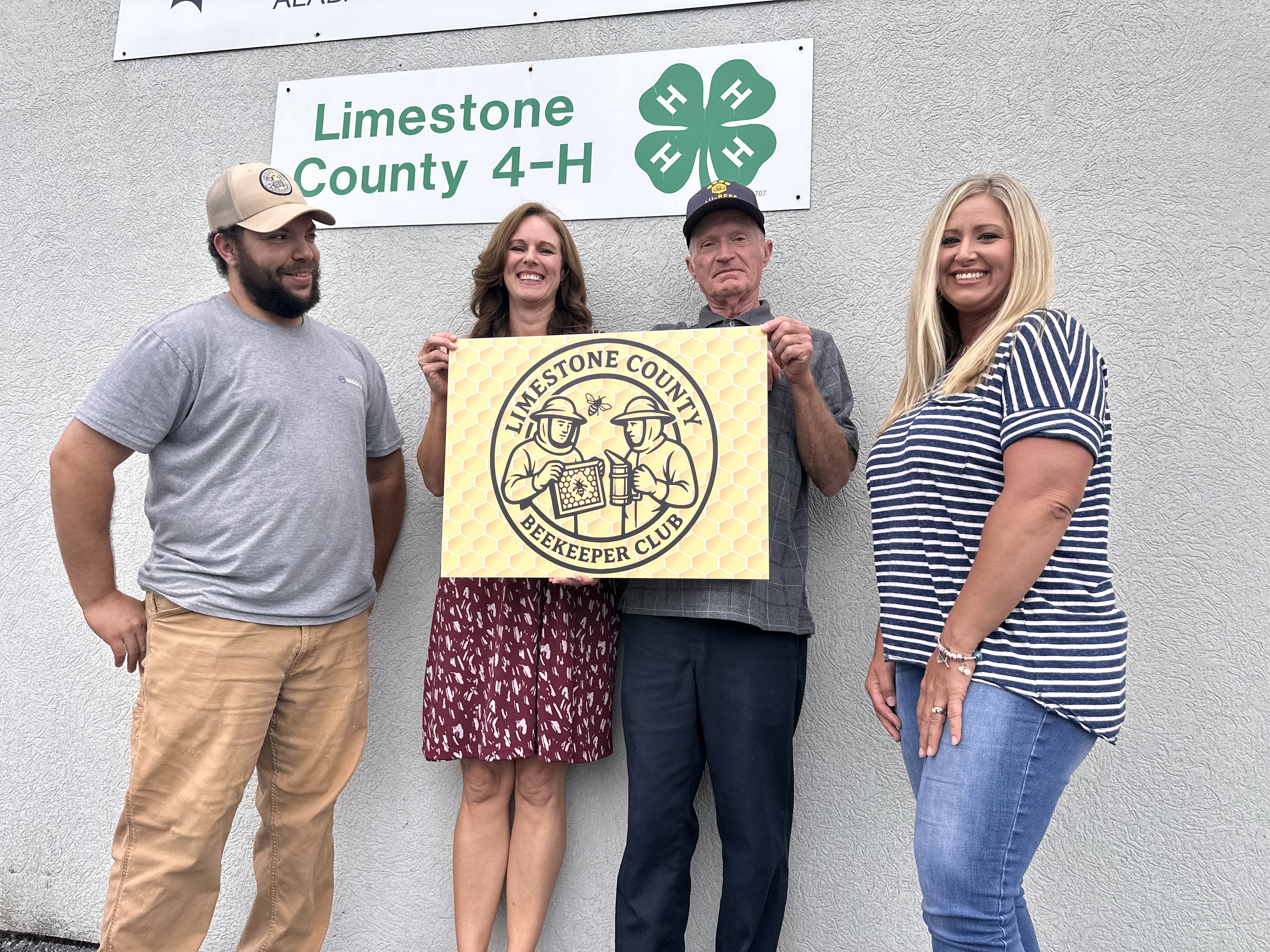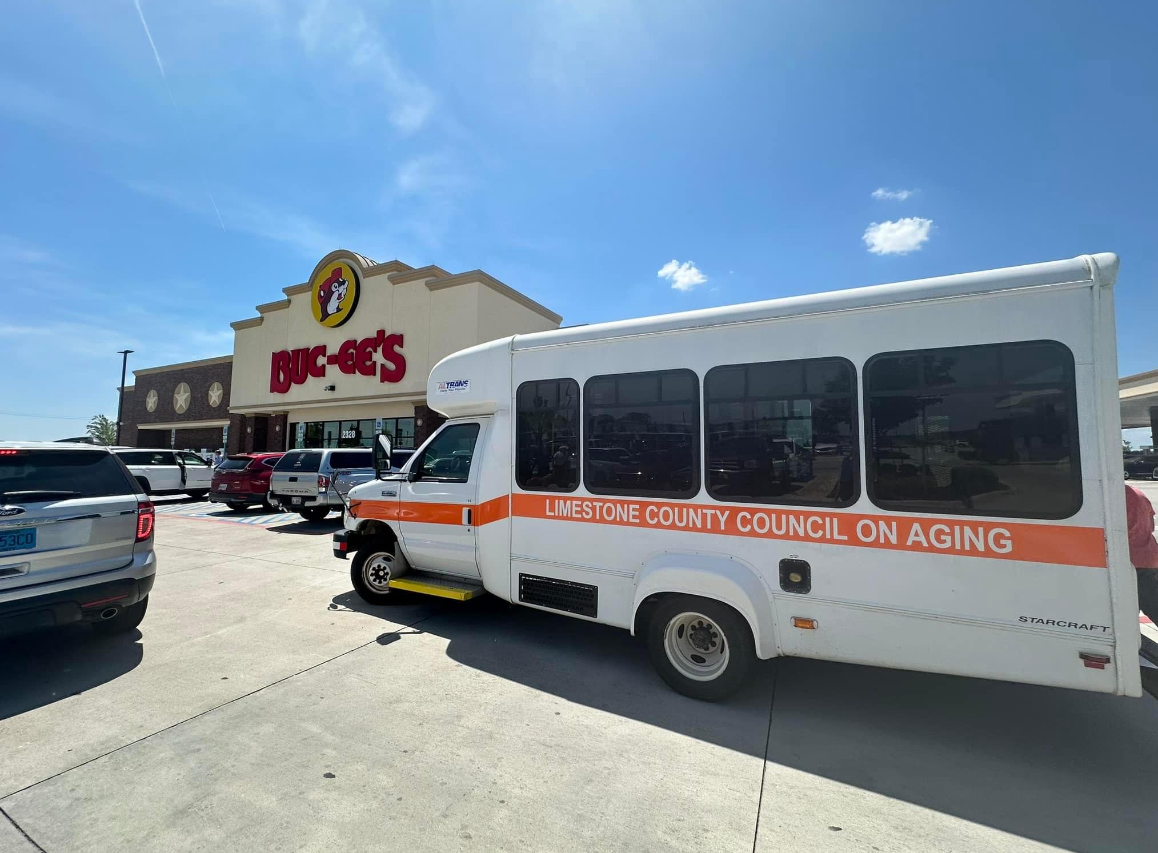The great Christmas tree debate — real vs. fake
Published 2:00 am Thursday, December 9, 2010

- Ben Daly of Athens cuts down a Leyland cypress tree Wednesday at a tree farm at Line Road and U.S. 72 East. Some of the fresh-cut trees are being sold at White Dove Greenhouse & Nursery in Athens. Tim Harper, owner of the nursery, said there are many more benefits to live trees than artificial ones.
Following Thanksgiving, many families take part in the age-old tradition of trimming the Christmas tree.
Those who haven’t decorated a tree yet now have only 16 days to do so before Santa’s arrival. And with each Christmas season, there’s the age-old question of what’s better — real or artificial?
Tim Harper, owner of White Dove Greenhouse & Nursery at 23374 U.S. 72 East, believes the answer is as simple as a few back and forth strokes of a handsaw.
“When I was a boy, I had a fond memory of walking in the woods with my father and cutting down a Christmas tree,” he said. “Most people probably won’t remember helping dad get the tree out of the attic.”
White Dove sells fresh-cut Leyland Cypress trees through an arrangement with Kip and Jo George, who own a tree farm at Line Road and U.S. 72 East. Though the trees cost about $7.50 per square foot, Harper said there are many advantages to cutting down a live tree, including freshness.
“The trees you find at a lot that are coming from up North have been cut about a month before,” he said. “Plus, you’ve got fragrance, which you can’t get from a fake tree. Plus, if you don’t like what [tree] you have one year, you can change the shape, size or height the next year.”
Harper said like choosing a car, the question of artificial versus real tree really just boils down to an individual’s preference. Two national organizations — the National Christmas Tree Association (NCTA) and the American Christmas Tree Association (ACTA) — are two trade groups that have opposite stances on the debate.
The NCTA works to promote live trees and tree farms through the country. The group believes that real tree sales boost the economy while artificial trees are bad for the environment.
Information on the group’s website says that 85 percent of artificial trees are made in China. The trees are also made of plastics, metals and other non-biodegradable products, the site says.
According to the NCTA, consumers purchased 28.2 million farm-grown trees in 2009 and only 11.7 million artificial trees. The average spent on a farm-grown tree was $40.92, compared to $77.01 for an artificial tree. The group also estimated that tree farms in North America planted about 41 million new tree seedlings this year to replace harvested crops and to meet future demand.
Though the NCTA reports that the sales of artificial trees are on the wane, the ACTA wants to actively debunk the real vs. artificial tree myths. While Christmas tree farmers and sellers like Harper believe the real tree is important to tradition, the ACTA says that for most people born after the 1960s, the artificial tree is very much a part of their tradition.
In terms of being harmful to the economy, the ACTA believes there is quite a bit of misleading information being shared with consumers.
“In an effort to help promote the facts, an environmental study was conducted that found a consumer using an average artificial Christmas tree for more than 10 years has a smaller carbon footprint than a consumer using average farm-grown Christmas trees,” according to information on the ACTA’s website, though it did not mention which group conducted the environmental study.
Calls left with the ACTA were not returned prior to press time.
Rick Dungey, spokesman for the NCTA, said the real tree sales — which outpace fake tree sales 3 to 1 — are thriving, and indications are the industry will continue to grow.
He attributes growth to the fact real tree suppliers and sellers are offering customers more choices and services, including delivery. He said there are 35 different varieties of trees grown in North America, so consumers are becoming predisposed to more options. Secondly, he said, is that the under-30 demographic prefer live trees.
“We know that the ‘Generation-Y’ use a farm-grown tree more than any other generation,” Dungey said. “That’s a very important demographic. … As they start their own traditions, they’ll get a farm-grown tree each year.”
Consumers who are undecided on the real versus artificial debate have the luxury of visiting retail outlets to see both kinds of trees up close and personal. Both Walmart and Lowe’s stores in Athens offer real and artificial Christmas trees, though store representatives couldn’t say if the sales of one kind were outpacing the other.
An associate in Walmart’s lawn and garden center said the store only offers one variety of tree — the Fraser fir — that costs about $19 each.
Lowe’s, on the other hand, has Douglas firs, Fraser firs and balsam firs, ranging in price from $15 for a 5-foot Douglas to $89 for a 10-foot Fraser. Store employee Melissa Ruiz said the store is on pace to sell at least as many live trees as it did lat year.
“We were out of trees right around Dec. 20 [last year], and we have the same amount this year,” she said. “If it weren’t so cold, we might be a little bit ahead.”
If consumers would prefer to buy a tree in the name of charity instead of lining the pockets of retailers, Boy Scout Troop 7236 from East Limestone is selling Fraser fir trees at the corner of Capshaw and East Limestone roads through Dec. 19.
Terri Hellin, who has a son in the troop, said this is the fourth year the Scouts have sold live trees, and thus far, it’s been a successful venture.
The troop purchases about 175 trees and began selling them this year on Nov. 27. The group of 17 scouts works two-hour shifts each day at the tree stand, which is open Monday through Friday from 5 to 9 p.m., Saturday from 9 a.m. to 9 p.m. and Sunday from 1 p.m. to 5 p.m.
Prices on the trees range from $25 for a 4-foot tree to $120 for a 9-foot tree or larger.
Hellin said despite the cold weather, the Scouts love the fundraiser, which has also been well received by the community. Residents who bought a tree from the troop the first year have been sent e-mails in subsequent years as a reminder.
Even though she’s the mom of a scout actively involved in the live fundraiser, Hellin admitted she decorates an artificial tree.
“There are a lot of Scout families who do buy the live trees, but I have a dog that likes wood, so it’s not in my best interest to buy a [real] tree,” she said. “I might come home one day and not have a tree.”





